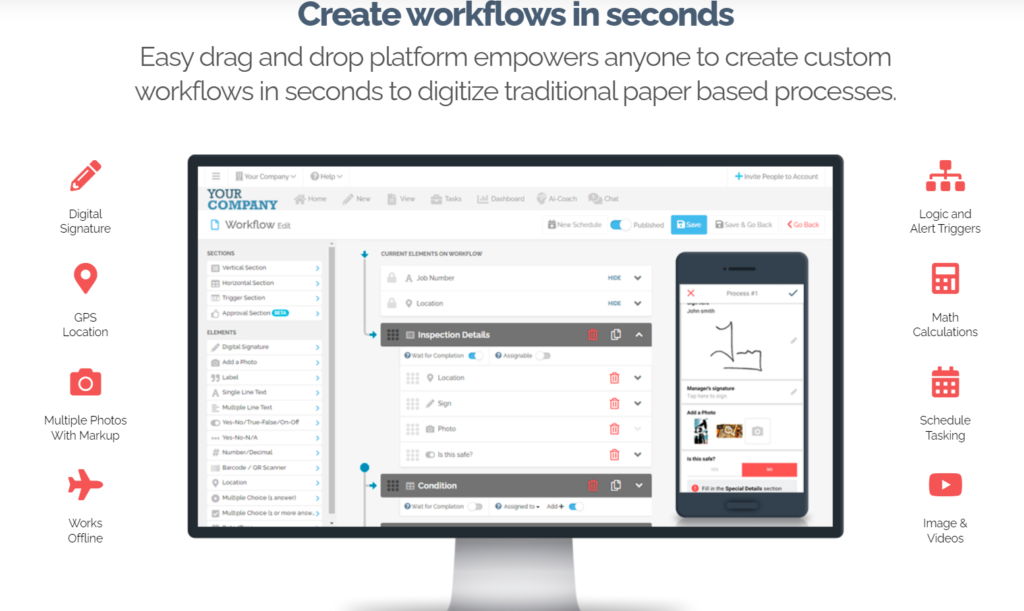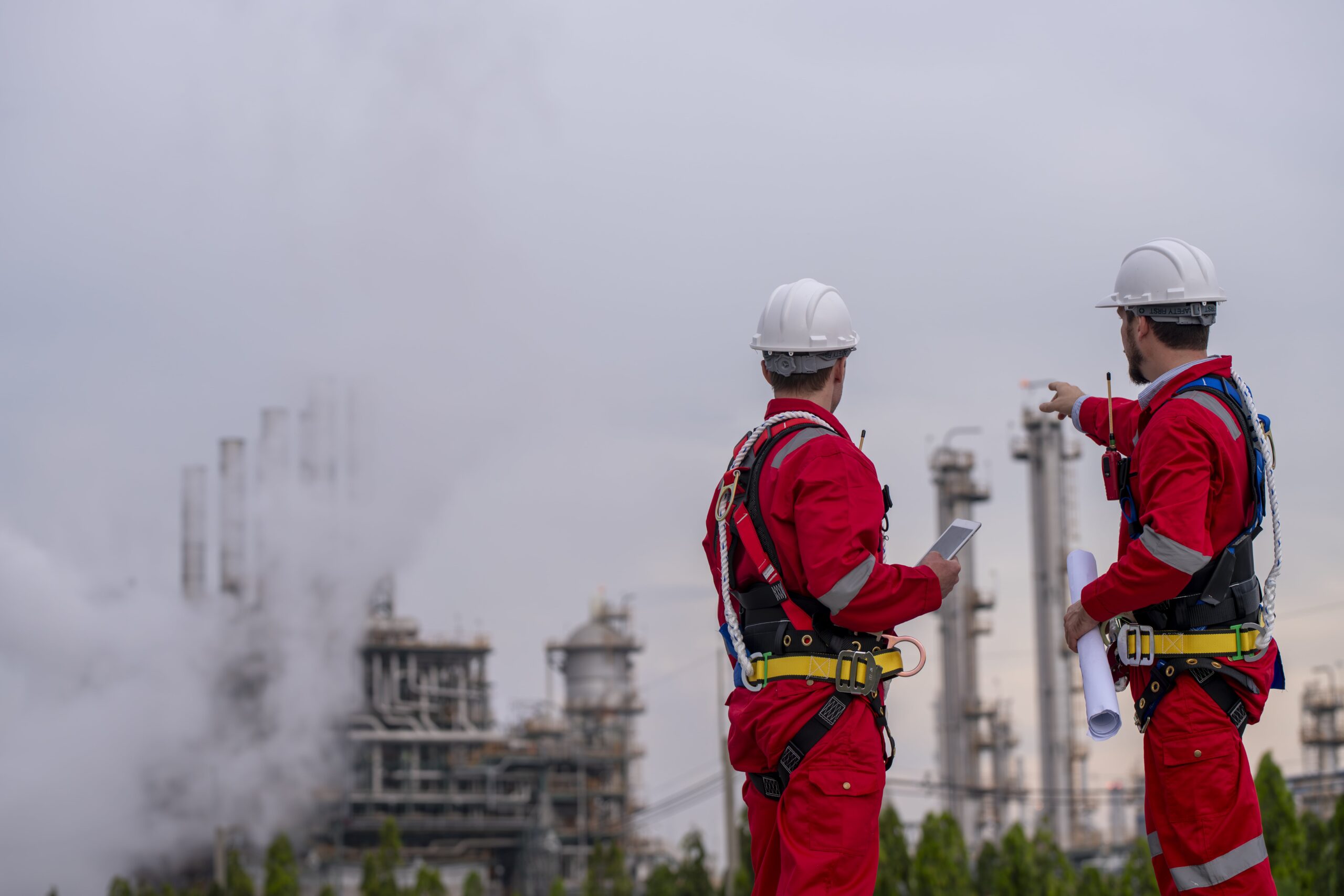As the oil and gas industry continues to evolve, the need for robust safety procedures has never been more critical. Two key components of these procedures are Risk Assessment and Gap Analysis. Both are essential for identifying potential hazards and ensuring that safety measures are in place to mitigate them. In this article, we will delve into the intricacies of both processes, comparing their roles and importance in oil and gas safety procedures. We will also introduce you to FAT FINGER, a digital workflow procedure builder that empowers front-line teams to do their work correctly every time. With FAT FINGER, you can build digital workflow procedures to improve Risk Assessment and manage risks in your facility. Request a demo today to see how FAT FINGER can revolutionize your safety procedures.
Understanding Risk Assessment
Risk Assessment is a systematic process of evaluating the potential risks that may be involved in a projected activity or undertaking. In the oil and gas industry, this involves identifying potential hazards, evaluating the likelihood of an incident occurring, and implementing measures to mitigate these risks.
Role of FAT FINGER in Risk Assessment
With FAT FINGER, you can build Risk Assessment Checklists that help safeguard your company from threats. This intuitive digital workflow is paperless and risk-free, allowing you to import different safety processes and make them your own, or simply create one from scratch. Once you’re done, you can export your safety workflow to all of your different sites, ensuring that every site is equipped with the necessary safety measures.
Understanding Gap Analysis
Gap Analysis, on the other hand, is a method of assessing the differences in performance between a company’s information systems or software applications to determine whether business requirements are being met and, if not, what steps should be taken to ensure they are met successfully. This involves identifying ‘gaps’ in your safety procedures and working to fill these gaps to ensure optimal safety.
Role of FAT FINGER in Gap Analysis

FAT FINGER’s digital workflow builder allows you to identify and fill these gaps in your safety procedures. By creating a digital workflow, you can easily spot areas where your safety measures may be lacking and implement changes to address these gaps. This ensures that your safety procedures are always up to date and effective.
Comparing Risk Assessment and Gap Analysis
While both Risk Assessment and Gap Analysis play crucial roles in oil and gas safety procedures, they serve different purposes. Risk Assessment is proactive, focusing on identifying potential hazards before they occur and implementing measures to prevent them. Gap Analysis, on the other hand, is reactive, identifying gaps in safety procedures after they have been implemented and working to fill these gaps.
Case Study: The Role of FAT FINGER in Risk Assessment and Gap Analysis
A recent case study in an oil and gas company demonstrated the effectiveness of FAT FINGER in both Risk Assessment and Gap Analysis. The company used FAT FINGER to create a digital workflow for their safety procedures, allowing them to easily identify potential hazards and implement measures to mitigate them. They also used FAT FINGER to identify gaps in their safety procedures and fill these gaps, ensuring that their safety measures were always up to date and effective.
Conclusion
In conclusion, both Risk Assessment and Gap Analysis are essential components of oil and gas safety procedures. While they serve different purposes, they both work towards the same goal: ensuring the safety of workers and the environment. With FAT FINGER, you can easily implement both processes into your safety procedures, ensuring that your company is always prepared for any potential hazards. Sign up for a free demo today to see how FAT FINGER can revolutionize your safety procedures.
Discover the differences between Risk Assessment and Gap Analysis in Oil and Gas Safety Procedures. Understand how these two methodologies can enhance your safety protocols and reduce potential hazards. To learn more, Request a demo today.


